I always felt the more that I got to know Vienna, the more I got to know the history of Europe.
Exploring Vienna is a remarkable experience. The coffee culture. The history that comes alive. The museums. It seems never ending.
As a fan of “The Third Man” with Orson Welles, traveling to Vienna is always special. But the history of Vienna started long before the twentieth century. Since the paleolithic age, the low lying plains of the Danube have been home to different people making their mark on the land.
One of the city’s most treasured artifacts is the 24,000-year-old “Venus of Willendorf ” which in a way stands to the testament of the area’s lasting importance on civilization.
The city in question is Vienna, once the heart of the Hapsburg Empire, it was first established by the Romans in the 1st century and was nothing more than a little outpost on the edge of the empire used to defend against Germanic tribes. Vienna was an important city that also found itself at the crossroads of empires.
First the Romans, then the Holy Roman Empire, then the Austria Empire, and finally the Austro-Hungarian Empire but Vienna’s ability to find itself in the middle of history didn’t stop after WWI. During the interwar years, it was a hotbed of politics, science, and art with such names as Sigmund Freud, Adolf Hitler, and Joseph Stalin all being former residents of the city.
Even during the times of the empires, Vienna was a very cosmopolitan city, and although it went from a significant European imperial center in the 19th century to a smaller predominantly German-speaking capital, it still retains much of its metropolitan charm and grandiose opulent architecture and design synonymous with empires of old.
Check out some of the best things to do in Vienna.
Walk down the Ringstrasse
The best way to get acquainted with any city is to simply take a stroll down its central boulevard. The iconic Ringstrasse in Vienna is the best way to get acclimated to the city and take in some of its largess. Simply just walking the street is an experience in itself as the Ringstrasse goes past several major places of importance.
Known colloquially as “the ring”, the Ringstrasse was the result of a Hapsburg initiative that sought to connect the outer suburbs to the imperial center of the city.
Work on the boulevard started by grand decree by Emperor Franz Joseph I in 1857 and is the easiest way to orient yourself if you’re new to the city. The Ringstrasse effectively replaced the old wall that once protected the city but now many of Vienna’s hot spots are found around. The State Opera House, the Hofburg, the National Library, the Natural History Museum, the Volksgarten, the Parliament, and the town hall are all found within or on the Ringstrasse.
Naturally, if you’re looking for a hotel, the places around the Ringstrasse are of the more upscale variety but if you’re looking to splurge a little, the opulent hotels like the Park Hyatt Vienna and the Hotel Sacher Wien won’t disappoint.
Walk the halls of the Hofburg Palace
Head to Hofburg Palace and take in some of the incredible ornate design and opulent rooms.
Walking through the halls of the palace is a trip through time and Austrian history itself. The building was once the beating heart of the Austro-Hungarian Empire.
The palace itself is home to massive amounts of history from the life and macabre death of Empress Elisabeth to the breathtaking baroque masterpiece of the National Library where Hitler held his “Anschluss” speech. The palace is home to several museums, galleries, and even dancing horses.
If you plan on visiting make sure to spend a moment or two in the National Library. Walking in, you’ll be hit by the absolutely grand splendor of the space. The intricately designed baroque masterpiece was built in 1726 and was the official library of the Hapsburg court with collections dating back to the 14th century. Attractions of the library (besides the incredible architecture of the library itself) included Venetian baroque globes and even secret concealed passageways.
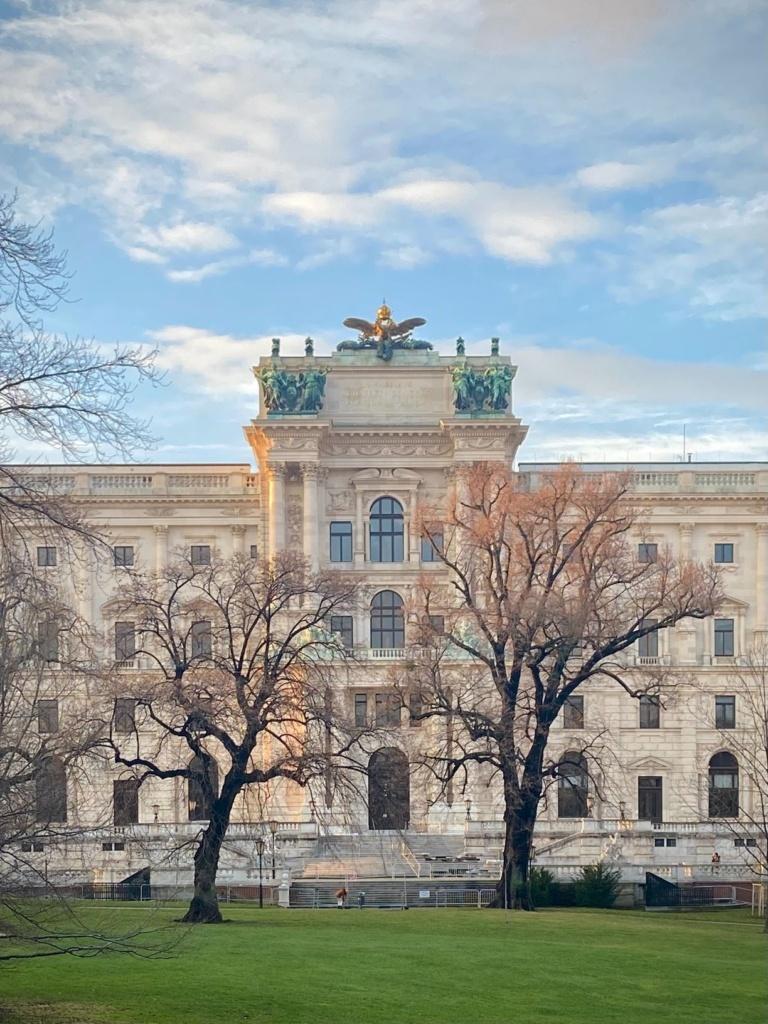
The Hofburg Palace is filled with history and opulence. Make sure you check out the library.
Have a coffee break at the Demel
Founded in 1786, the famous Hofzuckerbäckerei Demel is the oldest café in Vienna.
Shortened to just “Demel” this café like many other establishments in the city absolutely drips with history.
The location is near the Hofburg Palace and was originally the home of a pastry and chocolatier maker from Wurttemberg. The interior is designed in a neo-baroque style maintained to look like it did in the 18th and 19th centuries. When you walk in you’ll notice the white-aproned waiters address you with “haben schon gewält? Which is a traditional honorific third-person tradition used for the historic upper-class.
In a way, you’ll feel like this spot was reserved for the emperor, and in a way it was. Emperor Franz Joseph was so fond of Demel that he was a regular, favoring the cakes and pralines, that he would often share with his mistress to the chagrin of his wife Sisi (who herself was addicted to Demel’s violet sorbet).
Having bestowed upon Demel the title of “Purveyor to the Imperial and Royal Court” which still stands to this day (despite the lack of any current royal court) a visit to Demel is a highlight for any foodie. Mouthwatering cakes and pastries made from centuries-old recipes satisfy anyone from royalty to tourists.
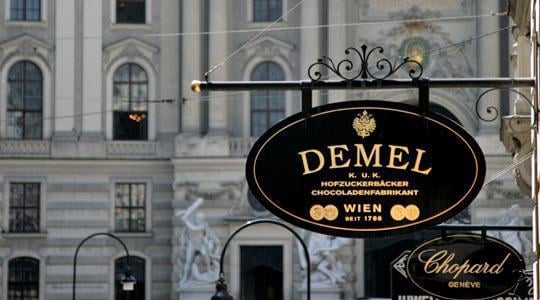
After touring the Palace, head over to Demel and have a coffee and pastry. You might never want to leave.
Get a view of the city from the Wiener Riesenrad
Fans of classic cinema or people looking to get an incredible view of the city will love this attraction and much like a lot of other things in Vienna, it is also rooted in history.
Located in Prater Park, the Vienna Grand Ferris Wheel dates back to 1766. At the height of Austro-Hungarian power, Emperor Joseph II bequeathed his hunting ground over to the public in 1766 which then became an amusement park. At the time it was one of the first amusement parks in Europe, also making it one of the oldest by the time the Ferris Wheel was installed in 1897. What makes the ride distinct is that it is largely unchanged from its original design with 15 stately baroque-style gondolas to ride in.
For movie buffs, you might recognize the Wiener Riesenrad as an important set piece in the 1949 film noir The Third Man starring Joseph Cotton and Orson Welles and shot primarily on-location in the rubble of post-war Vienna.
Visit the Sigmund Freud Museum
Known around the world as the founder of psychoanalysis Dr. Sigmund Freud lived on Bergasse 19. The space was also his old office and now it is home to the Sigmund Freud Museum.
While his iconic couch now resides in the London museum of Sigmund Freud Museum, there are still many original furnishings found here that make up a large portion of his former office and waiting room. Freud and his family lived here until 1938 when the Nazis were rounding up the Jews of the city and Freud had to flee to London with his family.
Most of the doctor’s writings and papers were done here along with his extensive antique collection and a few other personal belongings of the doctor. Attached to the museum is a 35,000 piece archive of psychoanalytic research along with a film archive and sound recordings made by Freud and his family.
Check out the Museum of Military History
Whether you’re into military history or someone who wants to learn about the past of the empire, this gorgeous Museum of Military History is a cool place to spend an afternoon. The museum is located in the halls of a splendidly lavish former arsenal complete with intricate architecture that rivals many of the political halls and palaces of Vienna.
The Museum of Military History has a wide collection of artifacts dating back to the 1600s all the way up to the 1950s. Get a glimpse of vintage aircraft and weaponry that ranges from muskets to machine guns and their historic implications on the formation of the Austrian state and the former empires. The museum has tons of historic pieces like uniforms, dioramas, tanks, and medals.
Flex your brain or have a coffee at Café Central
It isn’t very far-fetched to say that the Viennese practically invented café culture. The concept of the café has always played an important part in shaping culture, discussion philosophy, and in general serving as a meeting place for the city’s intelligentsia. While Demel is the oldest café, Café Central is the most well-known in the city and one of the most important cafés in the world.
Café Central is located on the ground floor of the Palais Ferstel building and opened in 1876. Throughout the latter half of the 19th century, it became popular with Viennese intellectuals gaining notoriety as a meeting place of the minds to discuss things like literature, philosophy, and politics. Notable regulars of Café Central include people like Sigmund Freud, Adolf Hitler, Leon Trotsky, Stefan Zweig, and Josep Broz Tito.
Today, the building still stands as it did in its heyday with large and ornate domed ceilings, white columns, glittering decor, and best of all, world-class pastries. Enjoy a coffee and quintessentially Austrian apfelstrudel with icing sugar or custard-filled cremeschnitte.
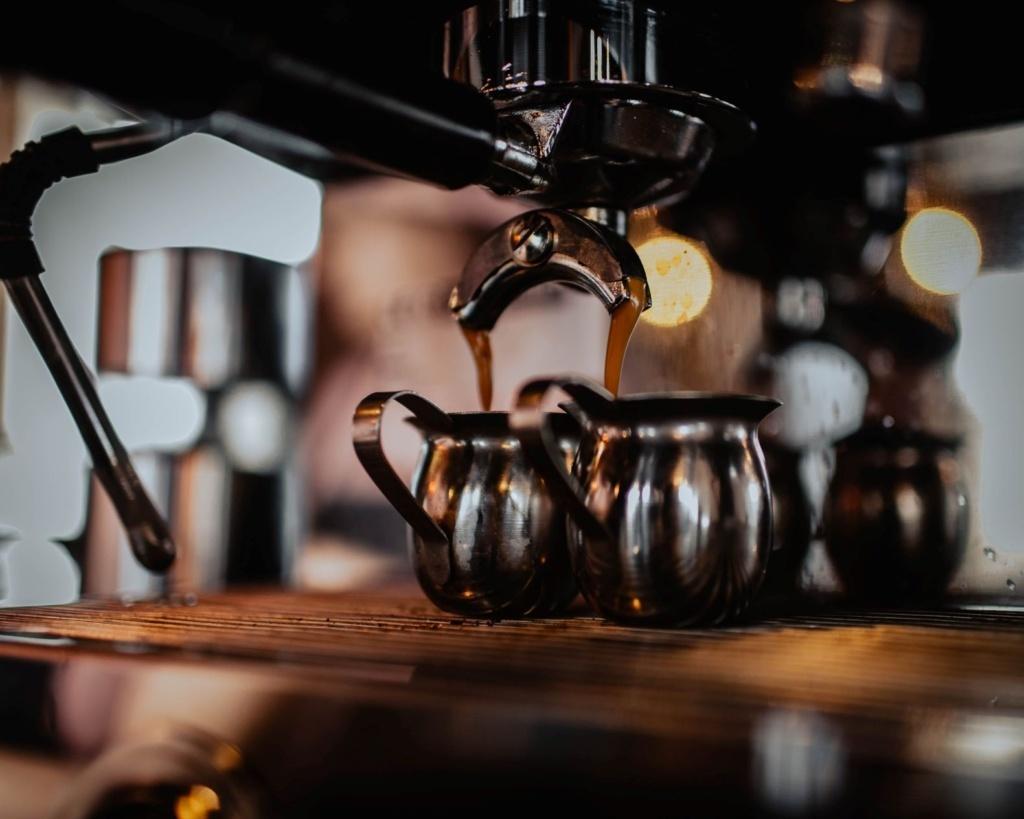
You cannot miss having a coffee at a coffee house in Vienna. In fact, the Coffee House culture is part of UNESCO Intangible Cultural Heritage. It is not to be missed.
Spend the day with the greats at The Albertina
This museum is a must-visit for any art lover out there. There are over a million works of art in this 17th-century palace that was once the home of Habsburg Archdukes for centuries. The stately rooms have all been restored to their former glory but now feature artwork from many of the world’s greatest artists.
The Albertina has works represented by different artists and movements like French-impressionists, Russian avant-garde, and Vienne secessionists. Stroll through the palatial halls and take in works by Cezanne, Miro, Kandinsky, Brach, Picasso, and Magritte to just name a few.
Go Shopping at the Naschmarkt
The Naschmarkt was built in the 16th century and is essentially the fanciest open-air market you’ll shop at. In a city that’s known for its opulent buildings and old imperial aesthetics, things can sometimes get a little pricey in the heart of Vienna. Luckily, the Naschmarkt is a cool place that won’t cost you very much to enjoy. Taste your way through Vienna’s culinary scene (that isn’t limited to Viennoise). Snack on everything from a sauerkraut and sausage sandwich to Tel-Aviv-style shawarma. Naschmarkt is also a pretty great place to pick up some souvenirs like cheeses, wine, and cured sausages.
Get a dose of the macabre at the Kriminalmuseum
A city as old and as storied as Vienna means that it also has a history of the sordid. The Kriminalmuseum of Vienna follows the criminal history of the city from the middle ages to the modern era. The museum itself is also housed in one of the oldest buildings in the city which dates back to 1685. Museum has tons of interesting artifacts that range from medieval torture devices to counterfeit money. There are lots to see and learn about crime and guests can track the stories of famous murders and criminal investigations while also seeing the tools and things that made them famous. Several cases are devoted murders, money laundering, brothels, and more.
Our Final Word
Vienna is grand in the most literal sense. The city is huge and filled with interesting architecture, delicious food, and a long (and sometimes dirty) history. Explore opulent museums, baroque halls, and legendary cafés while you marvel at the idea of where the city came from and where it is now.
1 Comment
Submit a Comment
Related Posts
Beyond the Big Five: Discovering Wildlife Wonders in Non-African Safari Destinations
“Beyond the Big Five” takes you on a thrilling journey to lesser-known safari destinations outside of Africa. From the lush rainforests of the Amazon to the vast plains of the Pantanal in South America, this article uncovers the hidden treasures of wildlife wonders that await adventurous travelers seeking a unique and unforgettable safari experience.
Traveling the Hemingway Way: A Guide to Adventurous Exploration
“Traveling the Hemingway Way is not just about visiting destinations, but immersing yourself in the spirit of adventure. Follow in the footsteps of the legendary writer, Ernest Hemingway, as you embark on thrilling journeys, seeking out untamed landscapes, vibrant cultures, and unforgettable experiences. Get ready to embrace the thrill of exploration like never before.”
Cruises vs. Authentic Adventures: The Great Travel Debate
Explore the pros and cons of both cruise vacations and authentic adventures in this travel debate. From the all-inclusive luxury of cruises to the immersive experiences of off-the-beaten-path adventures, discover which travel style suits your preferences and offers the most rewarding experiences.

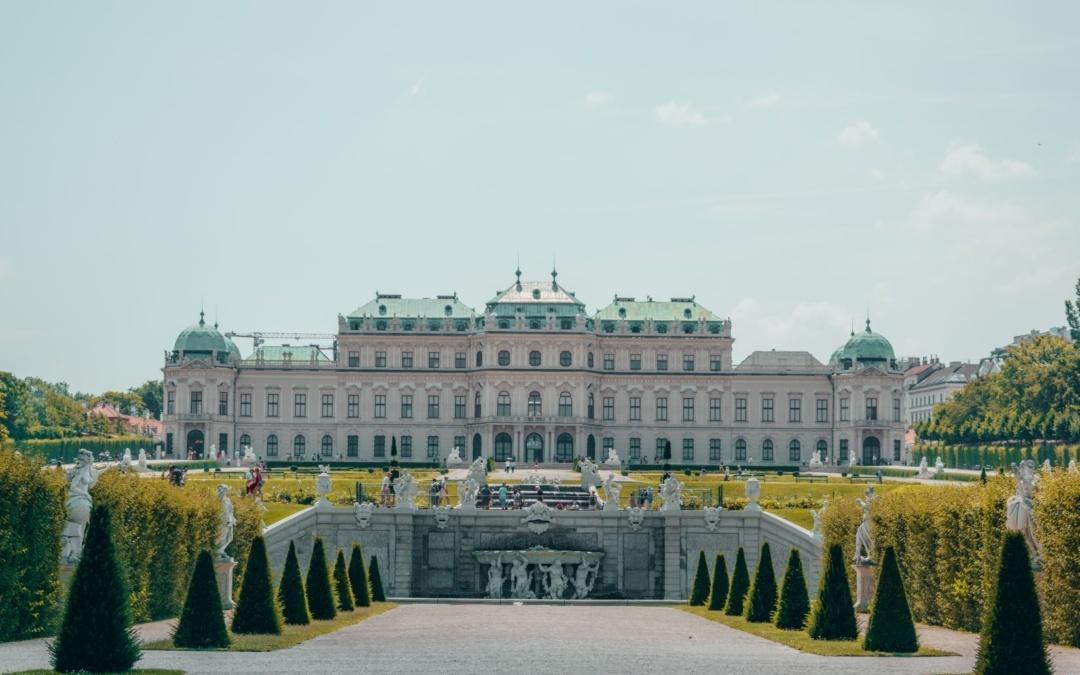
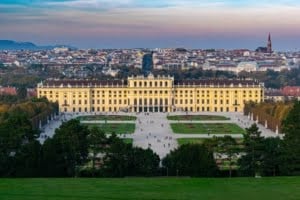
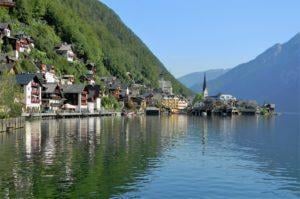
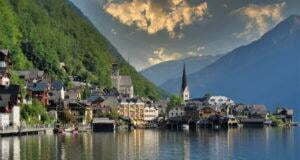

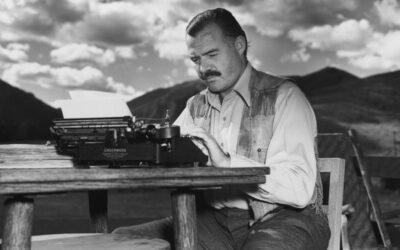

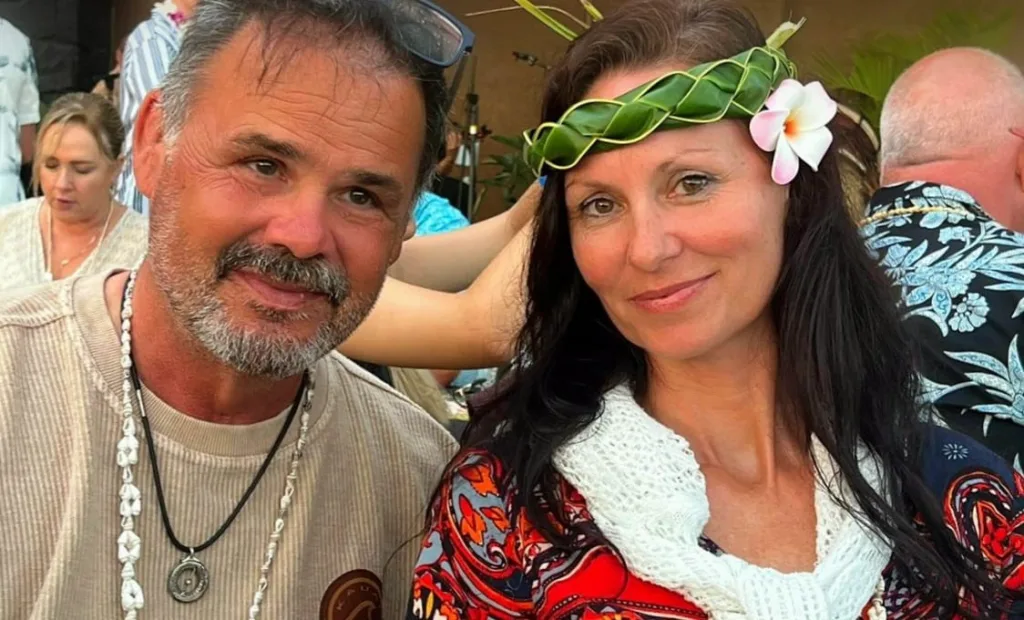

Interesting to have all this information to make things easy visiting Vienna city. All thanks to you Michael and Kati for sharing this great information .